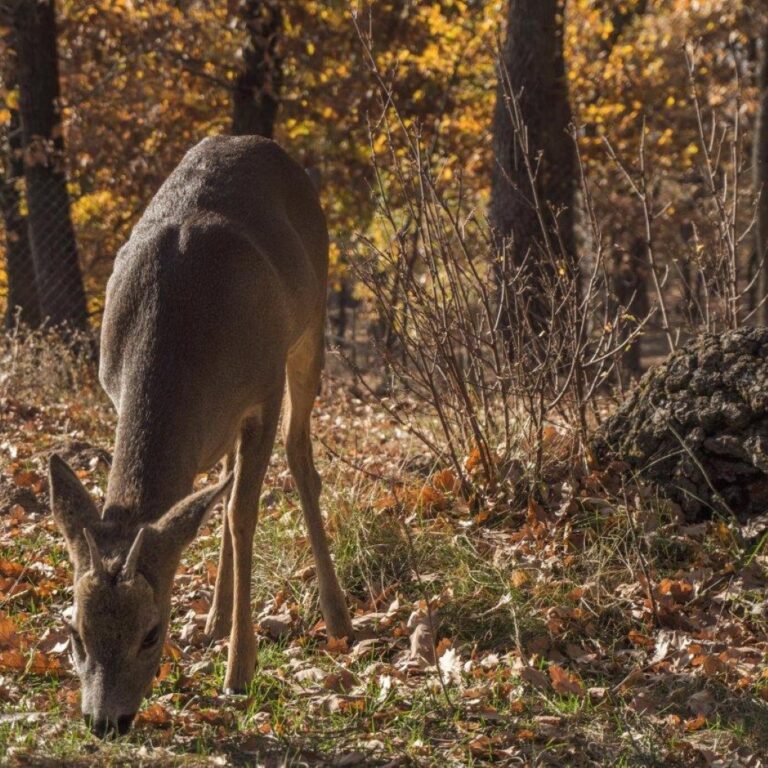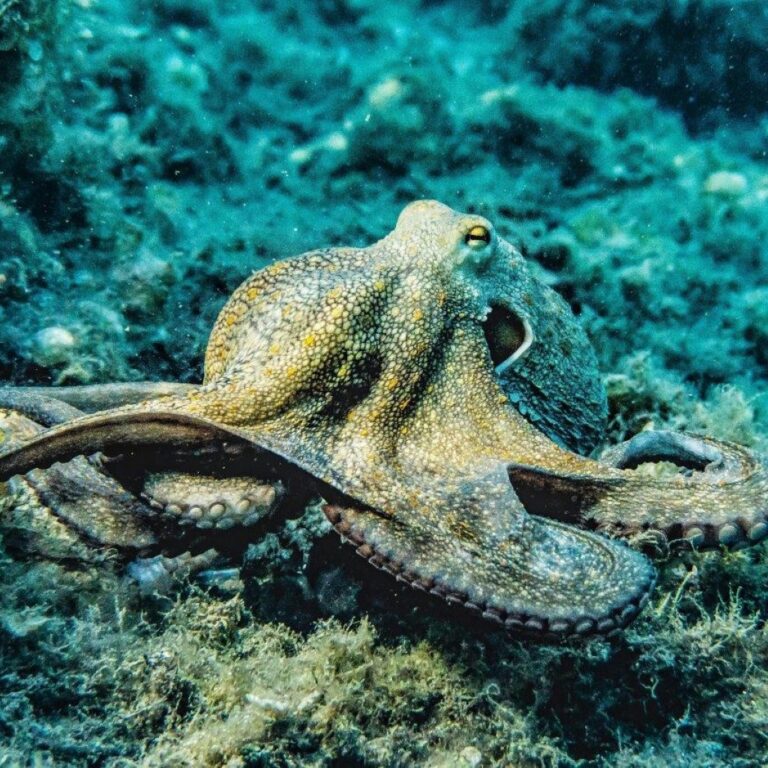Roe deer (Capreolus capreolus) are native to Europe and Asia, where they inhabit a variety of landscapes, including forests, grasslands, and agricultural areas.
They are small in size, with adults standing about 2 to 3 feet tall at the shoulder and weighing between 33 and 66 pounds. Despite their small stature, they are highly agile and can run at speeds of up to 37 miles per hour.
The coat of a roe deer changes with the seasons. In summer, it is reddish-brown, while in winter, it becomes a thicker, grayish-brown color to provide better insulation against the cold.
Roe deer are crepuscular, meaning they are most active during the early morning and late evening. This behavior helps them avoid predators and human activity during the day.
Males, known as bucks, grow small, three-pointed antlers each year. These antlers are shed in late autumn or early winter and regrown in time for the spring mating season.
Roe deer are known for their distinctive 'barking' call, which they use to communicate with each other, particularly during the breeding season or when alarmed.
The breeding season for roe deer, known as the rut, occurs in July and August. During this time, bucks become more territorial and may engage in fights with rivals to win over females.
After mating, females (does) undergo a delayed implantation, where the fertilized egg does not immediately develop. This delay ensures that the fawn is born in the spring, when food is more abundant.
They usually give birth to one or two fawns in late May or early June. The fawns are born with white spots on their coats, which provide camouflage in the dappled sunlight of the forest floor.
Roe deer mothers hide their fawns in tall grass or dense vegetation for the first few weeks of their lives while they feed nearby. The fawns stay still and rely on their spotted coats to avoid detection by predators.
Roe deer are herbivores and have a varied diet that includes leaves, shoots, fruits, and herbs. They are particularly fond of young, tender vegetation and can often be seen grazing in fields and meadows.
Roe deer are highly adaptable and can thrive in both rural and urban environments. They are often seen in parks, gardens, and even near roadsides, where they find food and shelter.
The lifespan of a roe deer in the wild is typically around 7 to 10 years, although they can live longer in protected areas or captivity.
Roe deer have a keen sense of smell and hearing, which helps them detect predators and other threats. Their large, dark eyes are positioned on the sides of their heads, providing a wide field of view.
Conservation efforts for roe deer focus on managing their populations and habitats, as well as preventing overhunting and road accidents. In many parts of Europe, roe deer populations are stable or increasing, thanks to these efforts.



